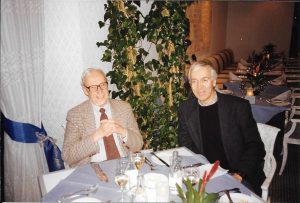
Long-time Coenzyme Q10 researchers and colleagues of Dr. Judy: Dr. Karl Folkers (left) and Dr. Svend Aage Mortensen, the lead researcher on the Q-Symbio study.
Q. Good morning, Dr. Judy. Thank you for taking some time for q10facts.com. Last time we talked about the safety of Coenzyme Q10. What about the absorption and bioavailability of Coenzyme Q10? That has been a special area of research for you at the SIBR Research Institute, I think.
A. Good morning. Yes, you are correct. I have been involved in several clinical studies of the efficacy of Coenzyme Q10 supplementation, but my big interest for the past 20 years has been in testing the absorption and bioavailability of the various Coenzyme Q10 supplements. Maybe I should start by distinguishing between absorption studies and bioavailability studies.
I understand absorption studies to be studies of the movement of the Coenzyme Q10 molecules from the small intestines through the absorption cells and into the body’s lymph system. Coenzyme Q10 absorption studies measure the concentration or the amount of Coenzyme Q10 in the blood after the study participants have taken a single dose of Coenzyme Q10, typically a 100-milligram dose.
Coenzyme Q10 bioavailability studies, on the other hand, are studies of the accumulation of the absorbed Coenzyme Q10 in the blood during an extended interval of Coenzyme Q10 supplementation, for example, over a 30-day period. Bioavailability studies measure the steady-state blood levels of Coenzyme Q10 that are available to the body cells. Obviously, good bioavailability depends upon good absorption.
I mention this at the outset because in the literature, I sometimes see the two terms used interchangeably, and that is not correct, in my view.
Q. Thank you. What are the factors affecting the absorption of Coenzyme Q10 from a 100-milligram capsule, would you say?
A. Absorption of Coenzyme Q10 is a difficult process in the best of times. The Coenzyme Q10 raw material comes in the form of a crystalline powder. There are millions of Coenzyme Q10 molecules in a single crystal.
The human body cannot absorb crystals. So, the supplement manufacturer needs to find a way to dissociate the Coenzyme Q10 crystals into single molecules and keep them dissolved in vegetable oils in soft-gel capsules.
This is not easily done, but it is necessary. Coenzyme Q10 crystals will not completely dissociate by themselves inside the stomach or the small intestine before they reach the absorption cells in the small intestine for one very good reason. The melting point of Coenzyme Q10 crystals is ten degrees centigrade above the normal body temperature.
Further complicating the absorption of Coenzyme Q10 from supplements is the fact that the Coenzyme Q10 molecules are large molecules, and they are fat-soluble molecules with a polar head and a non-polar tail. So, these fat-soluble Coenzyme Q10 molecules need to get through the watery phase in the small intestine to reach the absorption cells.
The Coenzyme Q10 molecules are converted to micelles by the bile salts in the duodenum. They then diffuse into the watery space adjacent to the absorption cells. To pass through the absorption cells, they have a lipid carrier (monoglyceride) to facilitate their passage through the small intestine to the absorption cells.
Tricky business. You can see why the formulation of the Coenzyme Q10 supplement is decisive for the absorption. And you can see why less expensive supplements probably have not had enough care put into their formulation. Crystal free formulations are not easy to achieve.
Q. Whew. Got it. Not all Coenzyme Q10 supplements will be absorbed equally well. The formulation of the supplement is the important thing. What about the issue of the form of the Coenzyme Q10? The debate about ubiquinone and ubiquinol? What can you tell us about that?
A. Okay, let’s start by saying that Coenzyme Q10 molecules are redox molecules. In the body, they convert back and forth between their oxidized form – called ubiquinone – and their reduced form – called ubiquinol. The ubiquinone form is the form that the body itself synthesizes, and the ubiquinone form is the form that is essential for the process of cellular ATP energy production.
The ubiquinone form is also the form that has been tested in numerous clinical trials dating back to the 1980s and continuing up to the present day with the publication of the results of the Q-Symbio study and the KiSel-10 study.
Ubiquinol is the form of Coenzyme Q10 that acts as a fat-soluble antioxidant protecting cells and proteins and DNA against the harmful effects of free radicals and super-oxides. Ubiquinol has been available as a supplement for only about ten years, and it has not been extensively tested in clinical trials in the way that ubiquinone has.
Q. What are the reasons for taking ubiquinol supplements instead of ubiquinone Coenzyme Q10 supplements?
A. I don’t know of any good reasons. Studies that I have done and that I have seen done show that ubiquinol supplements do not give a better absorption than the best ubiquinone Coenzyme Q10 supplements do.
Furthermore, I have seen evidence that the ubiquinol in supplements can become oxidized – give up electrons – and convert to ubiquinone already in the soft-gel capsule in which case why pay for ubiquinol?
And I have seen evidence that the ubiquinol in supplements is converted, in the stomach and in the small intestine, to the ubiquinone form before it reaches the absorption cells. So, again, I wonder, what is the point of spending good money on relatively untested and undocumented ubiquinol supplements?
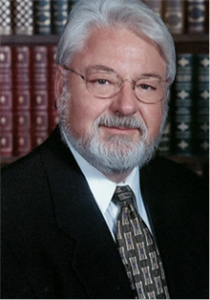
Dr. William V. Judy, founder and president of the SIBR Research Institute, is one of the world’s leading experts on Coenzyme Q10 clinical research. He has written the seminal paper about the absorption and transfer of Coenzyme Q10.
Q. But aren’t there claims on the Web for better absorption of ubiquinol?
A. Yes, but those claims look strange to me. The claims are based on the mis-matching of results from separate studies that were done at least 10 years apart. The claims are not based on head-to-head comparisons.
Everything is different in the studies that are compared. The study participants are different. The researchers are different. The dosages are different. The study methodologies are different. I don’t think that the claims for ubiquinol that are out there are based on good science.
Meanwhile, we have some well-designed clinical trials showing significant heart health benefits from taking ubiquinone Coenzyme Q10 supplements. I have already mentioned the Q-Symbio study and the KiSel-10 study. I know you have written about the results of these studies on q10facts.com.
Q. Another issue is the claim that anyone over 40 years of age should supplement with ubiquinol.
A. Yes, I’m aware of this claim, but it is not supported by clinical studies. For example, it has been reported that only 4 % of the Caucasian population have reduced plasma ubiquinol by the age of 40. In the Indian, Chinese, and Mexican populations that have been studied, about 20 to 24 % have a reduction of plasma ubiquinol by 40. This reduction has been shown to be due to a mutation of the NQO-1 gene that controls the synthesis of the oxi-reductase enzyme that converts ubiquinone to ubiquinol. These data do not support the claim that everyone should supplement with ubiquinol by the age of 40.
Q. Thank you for talking with us about Coenzyme Q10 absorption, Dr. Judy. To get good health benefits, we need good absorption of the Coenzyme Q10. You probably know, the motivation for starting q10facts.com came when I got excited by the results of Dr. Alehagen’s KiSel-10 study and Dr. Mortensen’s Q-Symbio study. I wanted to share that information with as many people as I could.
A. I understand that. Coenzyme Q10 is such an essential supplement. Again, it is surprising that it is so relatively little known in the United States.
References
Alehagen, U., Johansson, P., Björnstedt, M., Rosén, A., & Dahlström, U. (2013). Cardiovascular mortality and N-terminal-proBNP reduced after combined selenium and coenzyme Q10 supplementation: a 5-year prospective randomized double-blind placebo-controlled trial among elderly Swedish citizens. International Journal of Cardiology, 167(5), 1860-1866.
Judy, W. V., Stogsdill, W. W., & Folkers, K. (1993). Myocardial preservation by therapy with Coenzyme Q10 during heart surgery. The Clinical Investigator, 71(8 Suppl), S155-S161.
Judy, W. V., Stogsdill, W. W., Judy, D. S., & Judy, J. S. (2007). Coenzyme Q10: Facts or Fabrications? Natural Products Insider. Retrieved from http://www.zmc-usa.com/docs/CoQ10_Facts_or_Fabrications.pdf.
Mortensen, S. A., Rosenfeldt, F., Kumar, A., Dolliner, P., Filipiak, K. J., Pella, D., & Littarru, G. P. (2014). The effect of coenzyme Q10 on morbidity and mortality in chronic heart failure: results from Q-SYMBIO: a randomized double-blind trial. JACC. Heart Failure, 2(6), 641-649.
Disclaimer: The information presented in this interview is not intended as medical advice and should not be construed as such.


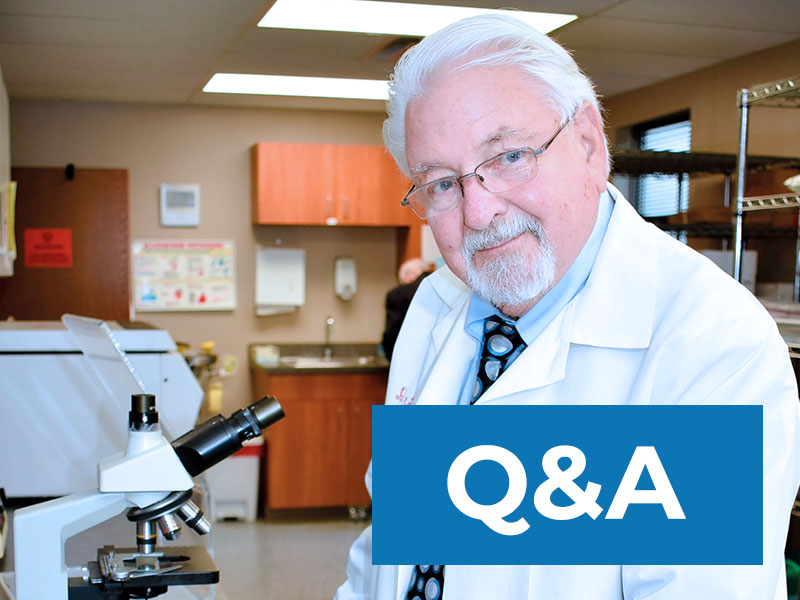
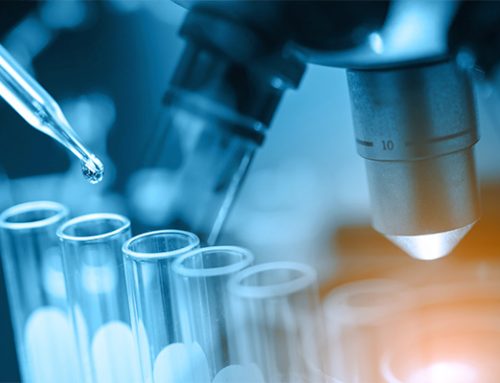
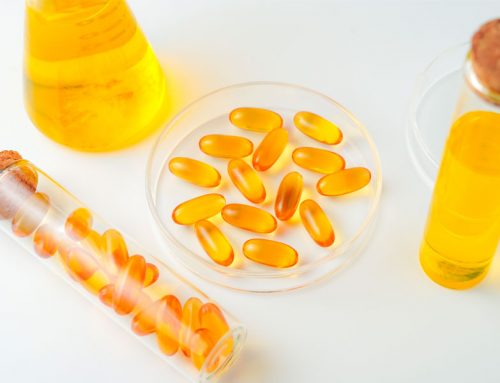

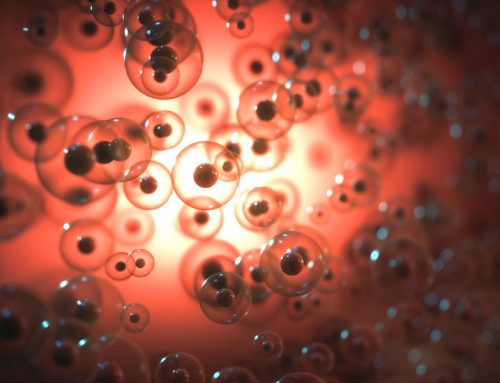
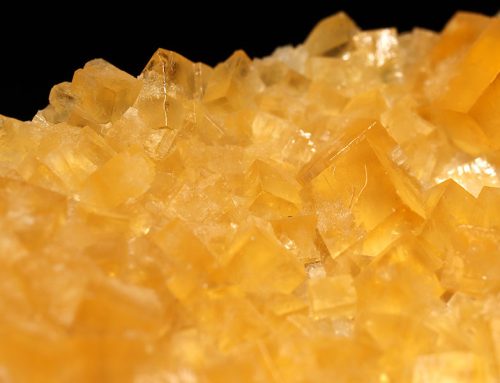
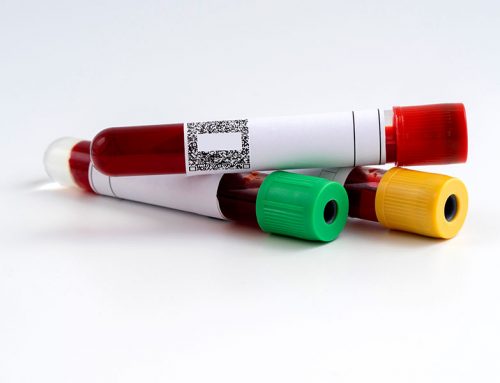
[…] You have talked with us about the safety of Coenzyme Q10 supplements, and you have told us that the formulation of the supplement is decisive for the absorption of Coenzyme Q10. Shouldn’t we talk today about why we adults […]